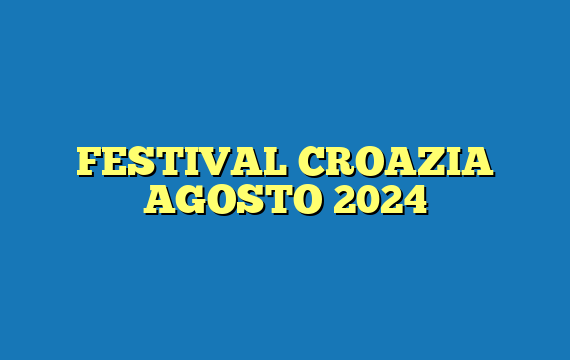Festival Catrina: A Guide to the Mexican Celebration of Life and Death
Introduction
The Festival Catrina is a Mexican holiday that celebrates the Day of the Dead, or Día de los Muertos. It is a time to remember and honor the deceased, and to celebrate the beauty of life and death. The festival is celebrated with colorful parades, lively music, and elaborate costumes.
History of the Festival Catrina
The Festival Catrina has its roots in the pre-Hispanic Aztec culture. The Aztecs believed that death was a natural part of life, and they celebrated it with elaborate rituals. When the Spanish arrived in Mexico in the 16th century, they introduced their own beliefs about death, and the two cultures blended to create the unique Mexican tradition of Día de los Muertos.
The modern Festival Catrina began in the early 1900s, when Mexican artist José Guadalupe Posada created a satirical engraving of a female skeleton wearing a large hat. The engraving, which was titled “La Catrina,” became a symbol of the festival, and it is still used today in many of the festival’s decorations and costumes.
Traditions of the Festival Catrina
The Festival Catrina is celebrated with a variety of traditions, including:
- Parades: The parades are one of the most popular events of the festival. They feature colorful floats, lively music, and costumed performers.
- Music: Music is an important part of the festival, and it is used to both celebrate and mourn the dead. Traditional Mexican music, such as mariachi and banda, is often played during the festival.
- Costumes: The costumes worn during the festival are often elaborate and colorful. Many people dress up as skeletons, or as characters from Mexican folklore.
- Food: Food is also an important part of the festival. Traditional Mexican dishes, such as tamales and mole, are often served during the festival.
- Altars: Many people build altars in their homes or in public spaces to honor the deceased. These altars are often decorated with flowers, candles, and food offerings.
The Significance of the Festival Catrina
The Festival Catrina is a significant cultural event in Mexico. It is a time to remember and honor the deceased, and to celebrate the beauty of life and death. The festival is also a reminder that death is a natural part of life, and that it should be celebrated rather than feared.
Conclusion
The Festival Catrina is a unique and vibrant celebration that is rich in history and tradition. It is a time to remember and honor the deceased, and to celebrate the beauty of life and death.



